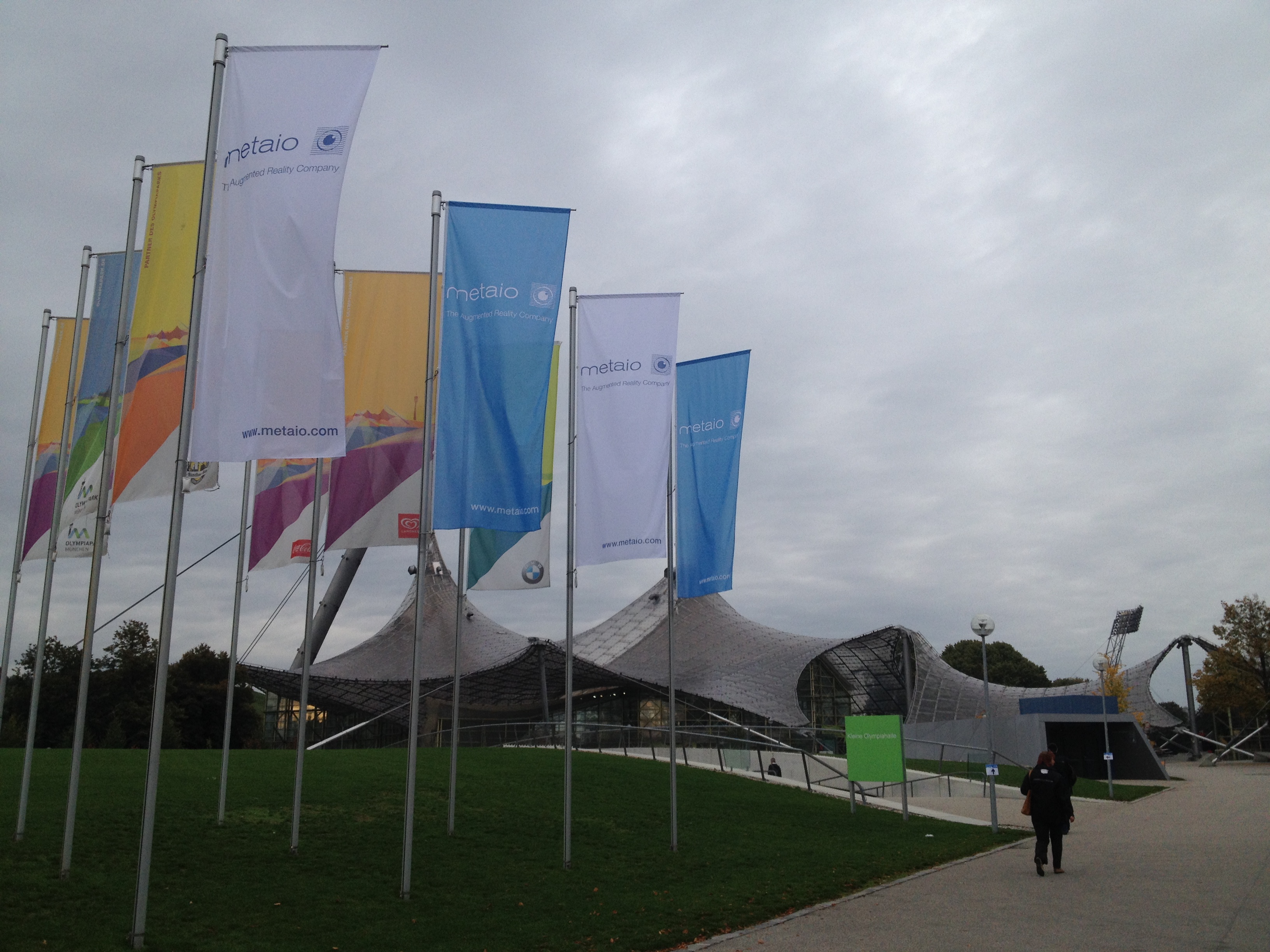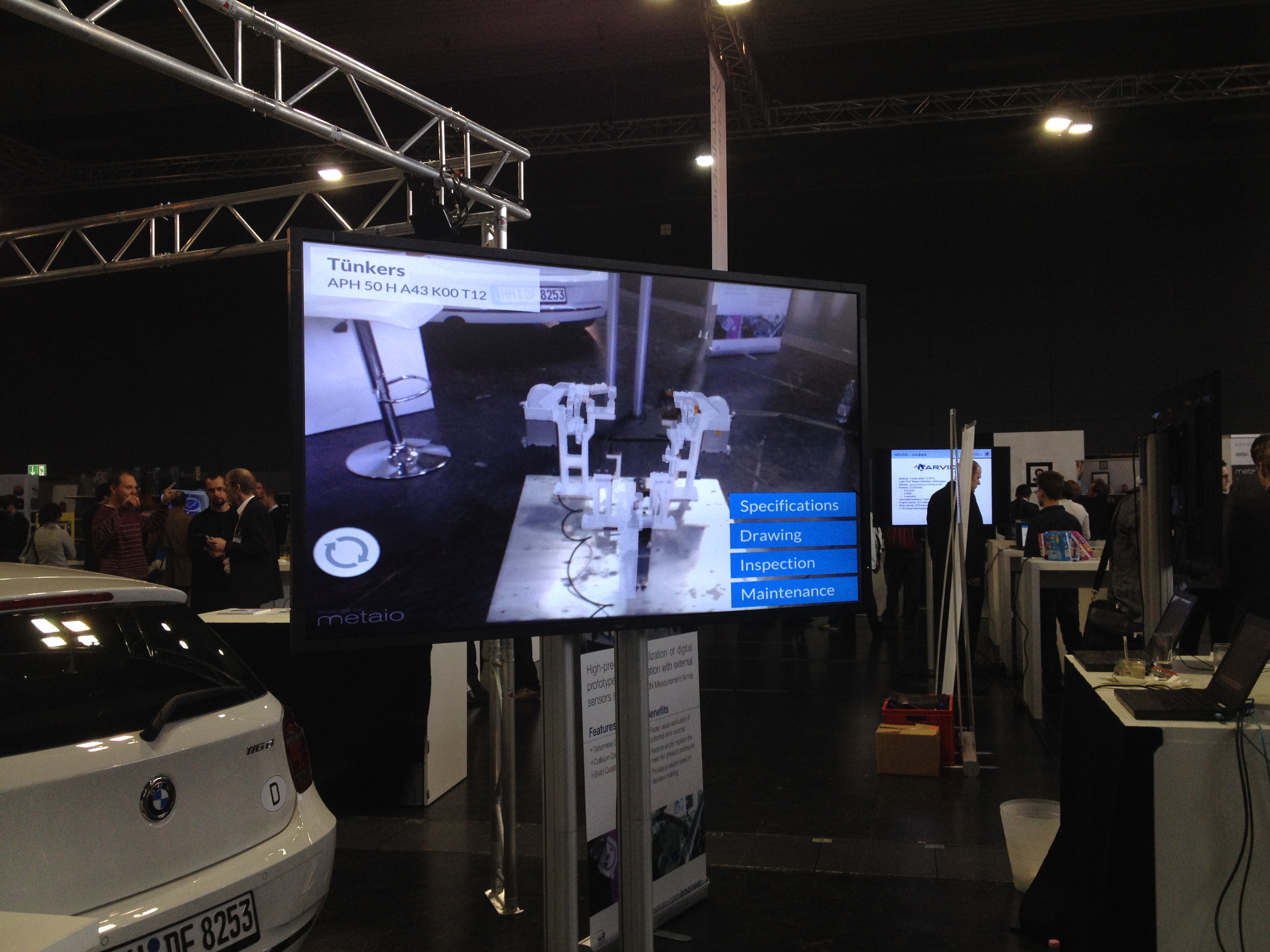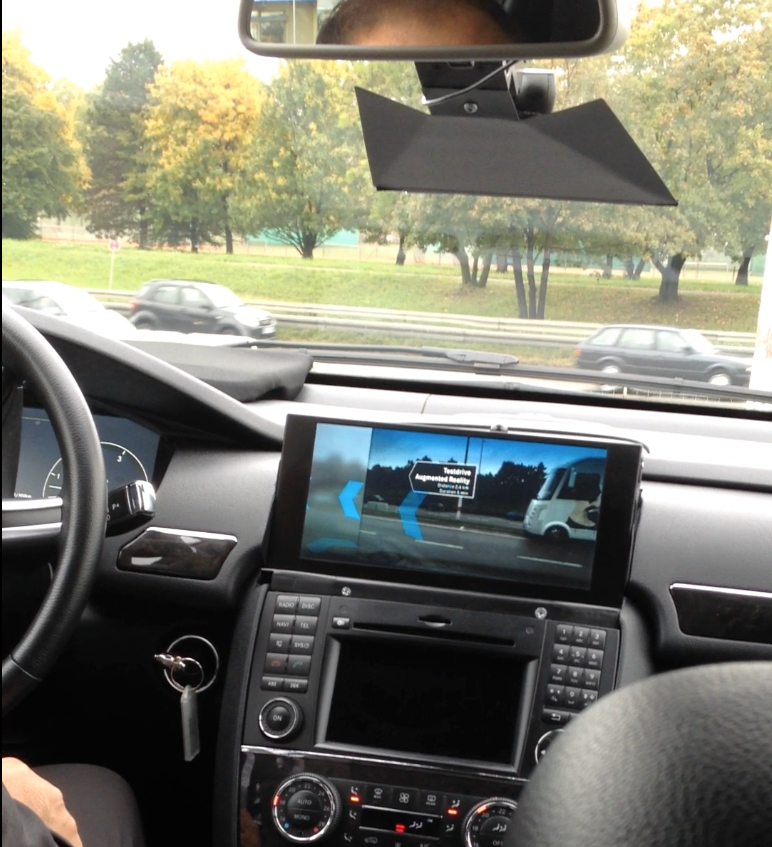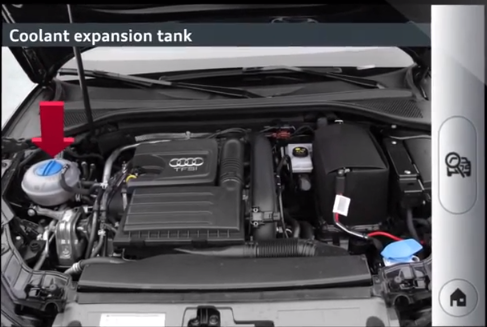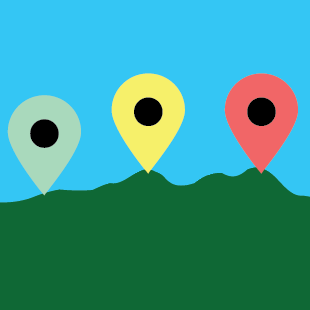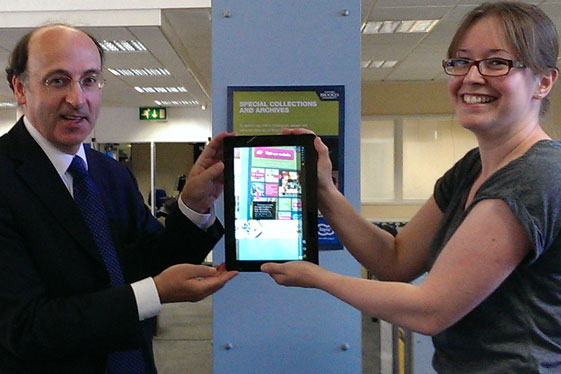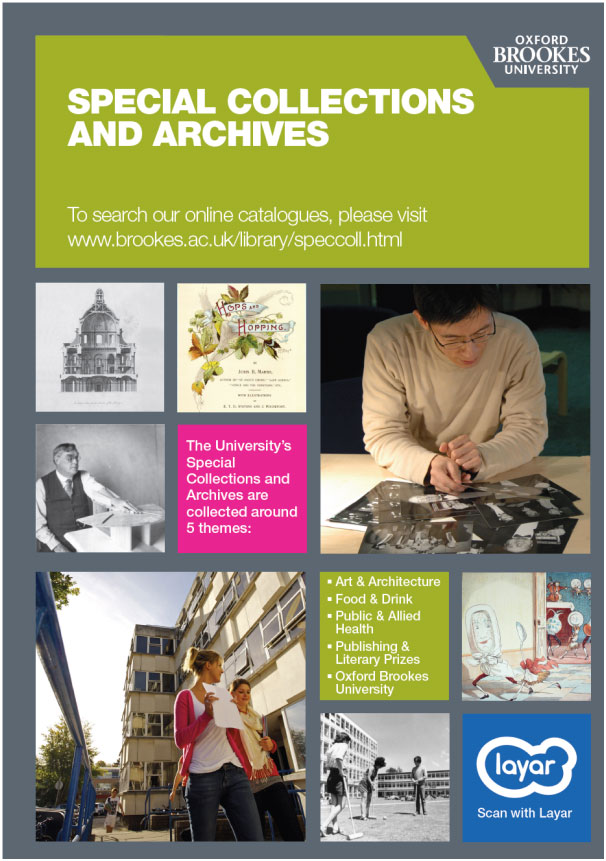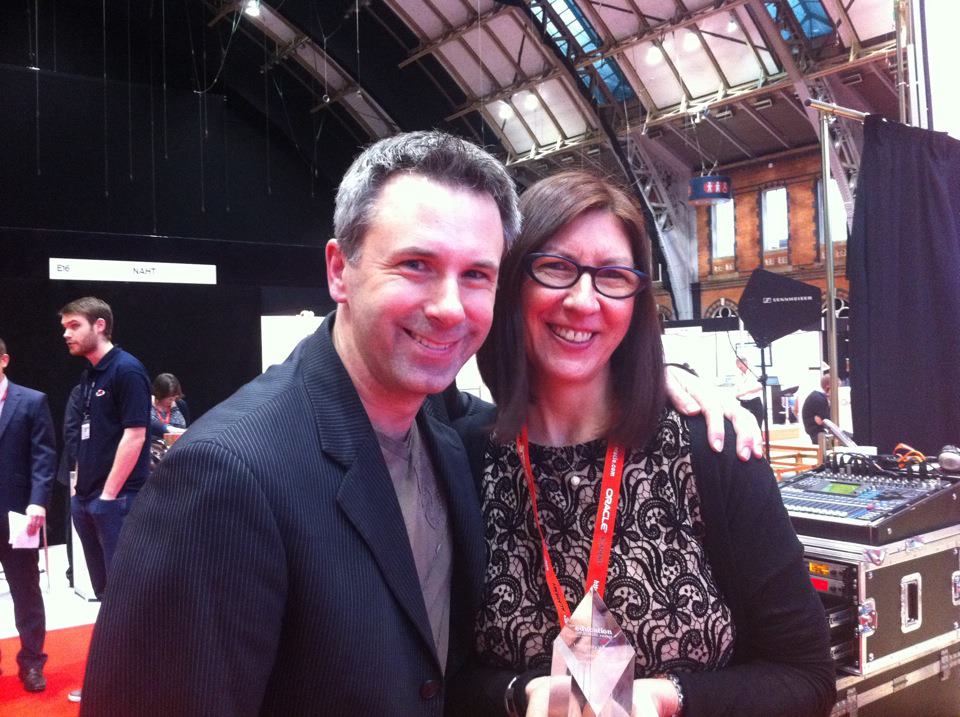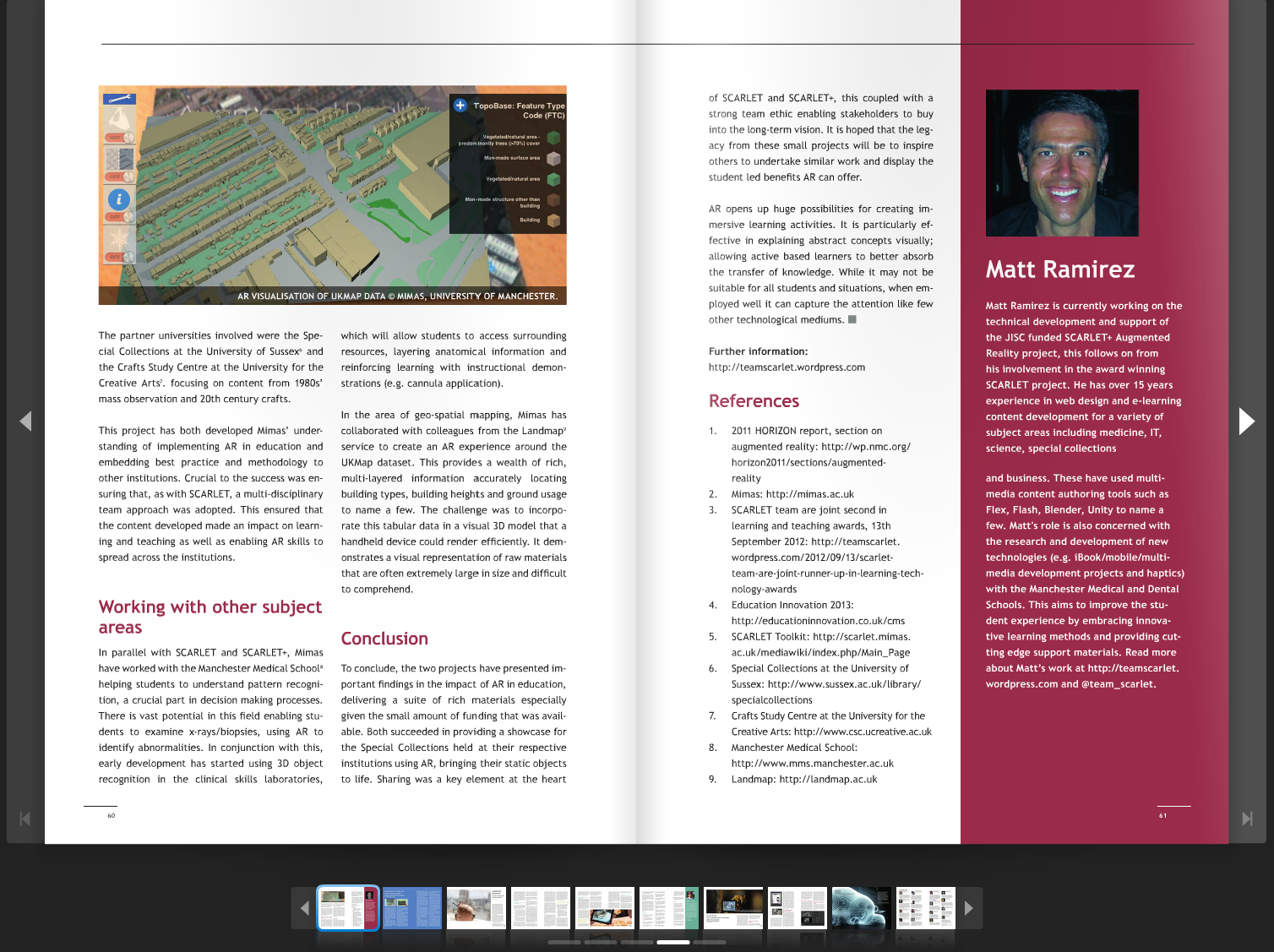 By
Laura Skilton (formerly Shaw)
By
Laura Skilton (formerly Shaw)
Dr. Guyda Armstrong, Dr. Jackie Carter, John Hodgson, JRUL, Matthew Ramirez, MimasAR, Project evaluation, Project Managment, Project Outputs, SCARLET+
Augmented Reality, conference, event, Laura Shaw, Mimas, University of Manchester


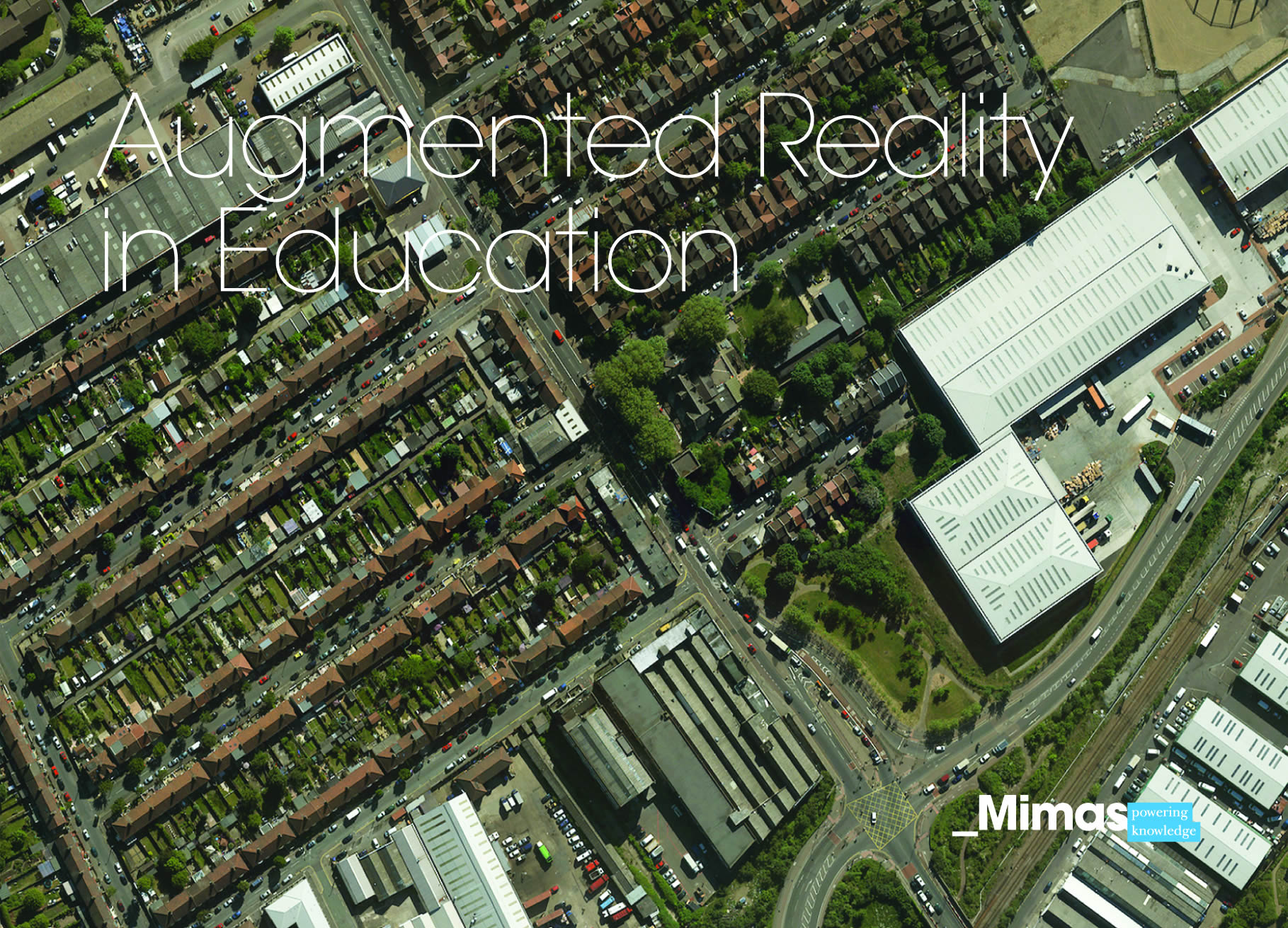
Mimas have been developing Augmented Reality (AR) experiences for use within education for over two years and in that time we have amassed a wealth of experience, knowledge and examples. We have barely touched the surface of its potential; but the enthusiasm and interest in the possibilities have been extremely encouraging. So, with experiences gained and success stories to share, we thought it would be a good idea to host an event within the university (where Mimas is hosted) to demonstrate what we’d achieved and the great potential of AR.
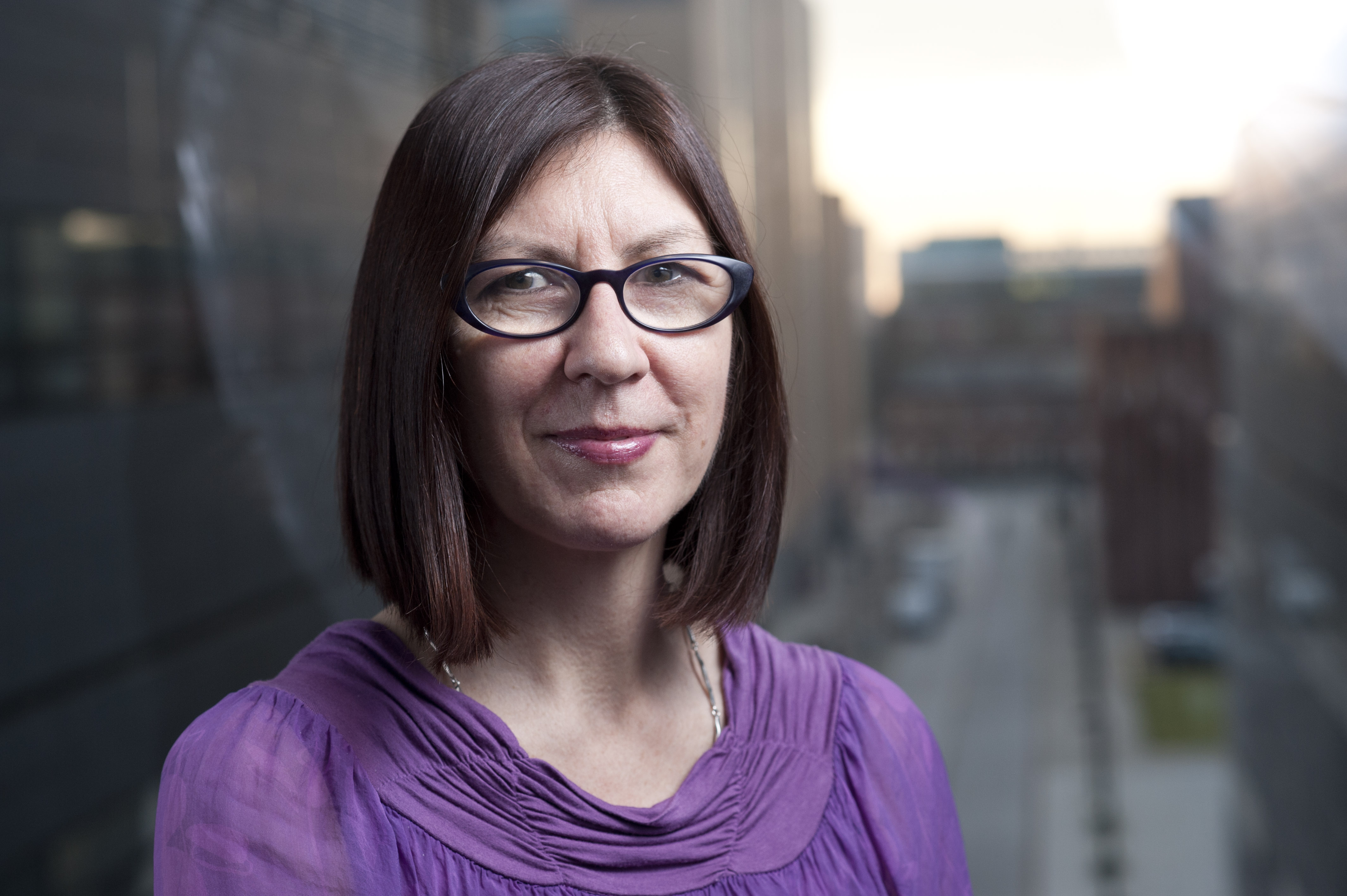 “The showcase day provided a golden opportunity to bring together important and interested people across the university and within the wider region to consider the future potential of innovation in education. We hope that by demonstrating the exciting potential of the work undertaken at Manchester we have highlighted the considerable expertise available on our own doorstep. We know there is more to do to evidence the effectiveness of AR in learning, but we believe that we have developed an approach on which others can build. As Edison said ‘If we all did the things we are capable of, we would literally astound ourselves’. The time is ripe to be further astounded.” Dr. Jackie Carter, Mimas
“The showcase day provided a golden opportunity to bring together important and interested people across the university and within the wider region to consider the future potential of innovation in education. We hope that by demonstrating the exciting potential of the work undertaken at Manchester we have highlighted the considerable expertise available on our own doorstep. We know there is more to do to evidence the effectiveness of AR in learning, but we believe that we have developed an approach on which others can build. As Edison said ‘If we all did the things we are capable of, we would literally astound ourselves’. The time is ripe to be further astounded.” Dr. Jackie Carter, Mimas
The showcase, held on the 24th April (by invitation only), requested the presence of a number of key people across the university and Manchester, who we felt would have an interest in how we are developing AR for use in the educational context. We were full to capacity with attendees including Professor Richard Reece (Associate Vice-President, Teaching, Learning and Students), and Matt Gallop and Jenny Chapman both from the learning Innovations team at the BBC.
“It was great to see the projects, which have been developed, and those in the pipeline. The AR field trip has some obvious resonance with some of the work we have been looking into around Face-to-face Learning events. Keep up the good work!” Matt Gallop, BBC
The hour-long showcase event included a vast array of examples from augmented manuscripts to medical cannulas and was a chance to show off about the awards we have won. We heard from all of the projects that Mimas have worked on:
- SCARLET (Special Collections using Augmented Reality to Enhance Learning and Teaching) at the University of Manchester
Dr Guyda Armstrong (Senior Lecturer in Italian), Andy Land (E-Library Infrastructure Manager) and John Hodgson (Collections & Research Support Manager at the John Rylands University Library) who worked on our original SCARLET project bringing special collection to life using AR, further information: http://teamscarlet.wordpress.com/?s=scarlet
Rose Lock (Senior Archive Assistant (Library) at the University of Sussex) who worked with Mimas to lead on the technical development of an AR application for the University of Sussex. Further information: http://teamscarlet.wordpress.com/author/roselock/
- Manchester Medical School
Kurt Wilson (Clinical Teaching Fellow) spoke about his work to date with Mimas and his ideas for how AR and 3D printing could be used by Medical Schools to help students develop clinical skills. Further information: http://teamscarlet.wordpress.com/2012/11/05/embedding-the-scarlet-methodology-in-other-subject-areas/
Gail Millin-Chalabi (Mimas Geo-Data Research & Development Officer) spoke about how Mimas combined their skills in AR with its Landmap service. Further information: http://teamscarlet.wordpress.com/2013/03/05/visualising-rich-spatial-data-with-3d-and-ar/
Ian Hutt (Senior Learning Technologist, Faculty of Engineering & Physical Sciences at the University of Manchester) told is about our new and possibly most ambitious project to date, Discover Geology, which will develop an AR fieldtrip – watch this space for a dedicated blog post about this project soon!
So what’s our secret?
Our model – a simple formula that begins with a committed mixed team approach, and if you’ve ever heard or spoken to Mimas about AR before you’ll know that’s where our expertise lies. Every AR projects starts with the right team of people, sharing a penchant for developing AR to improve the student experience. For AR this usually means people with content, academics, technical skills and project management, and obviously students. We’ve been lucky enough to work with some fantastic people, such as award winning academics, librarians with amazing content and people who despite their inexperience with technology are willing to learn and learn quickly. This model seems to be working.
 “It has been a joy to work with Mimas on the SCARLET project. They have managed the project with consummate professionalism, encouraging creativity while ensuring that deadlines and objectives were met. While their technical skills are impressive, the project was driven by pedagogical needs, not by technology. We have learnt a huge amount from them about project management and we will seek every opportunity to work with them again.” John Hodgson
“It has been a joy to work with Mimas on the SCARLET project. They have managed the project with consummate professionalism, encouraging creativity while ensuring that deadlines and objectives were met. While their technical skills are impressive, the project was driven by pedagogical needs, not by technology. We have learnt a huge amount from them about project management and we will seek every opportunity to work with them again.” John Hodgson
We love AR
Our passion for innovative technology and education initiates our work, and at Mimas we get that the students and academics drive us, not the technology. We also ensure our projects are well managed; this guarantees that we achieve what we set out to within a short space of time and budget. We also make certain that when a project partnership ends, we have successfully transferred our skills, knowledge and enthusiasm, to provide all the tools needed to sustain a project.
 “Mimas have given me the framework and confidence to create my own AR applications. My understanding of the way AR works has increased exponentially and I now feel able not only to build applications but also to explain to others how it works and show them how to create their own; embedding the skills into our department.” Rose Lock
“Mimas have given me the framework and confidence to create my own AR applications. My understanding of the way AR works has increased exponentially and I now feel able not only to build applications but also to explain to others how it works and show them how to create their own; embedding the skills into our department.” Rose Lock
Future thoughts
Whilst chatting to Matt Ramirez, our key AR technical lead, I realised how much we have learnt about AR and how the technology has improved. Our projects have provided a great deal of valuable feedback from students and academics; whilst access to supplementary resources is useful (especially video), it is the ability to augment the reality that was the key to unlock further learning.
It’s great to see this learning applied to new projects. At a recent meeting for the new Discover Geology project we were planning a teaching tool that would allow students and the public, to find fossils, overlay historical images over a changing landscape and even the possibility to find out what was lying beneath their feet! I can’t wait for this application to be available and to collect the student feedback. A blog post and video will be available about this project very soon.
Please keep an eye on our blog to find out more about our new AR projects and to get updates from those already being used by students. We will also be posting a short video from the showcase very soon. And, finally, if you’ve got ideas or projects you’d like support with please contact us or share your ideas/experiences via AR-DISCUSS@jiscmail.com.


